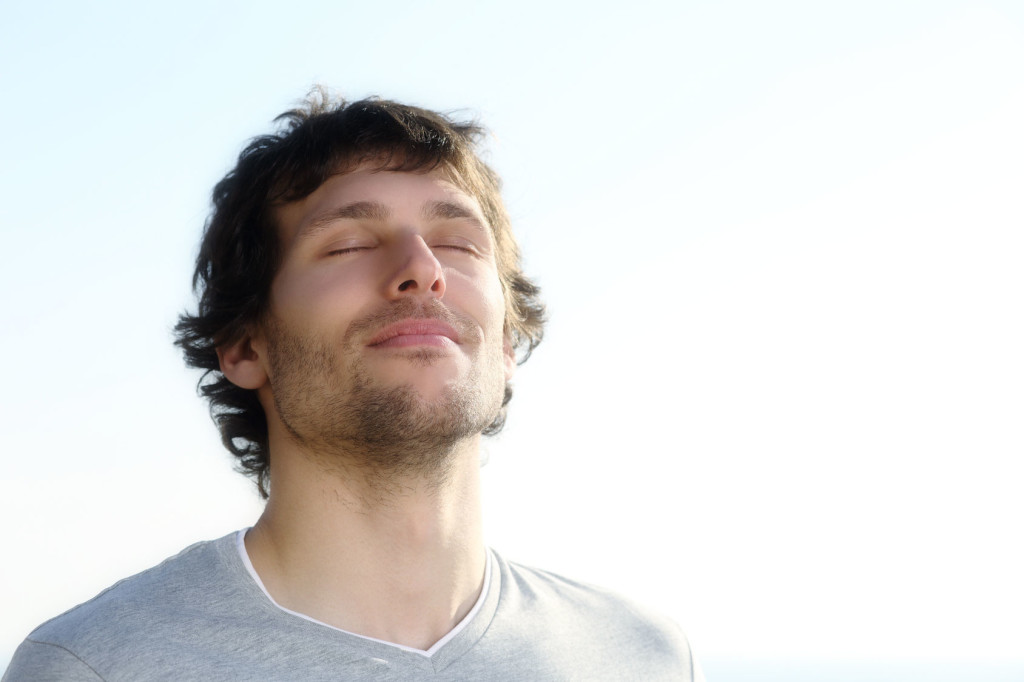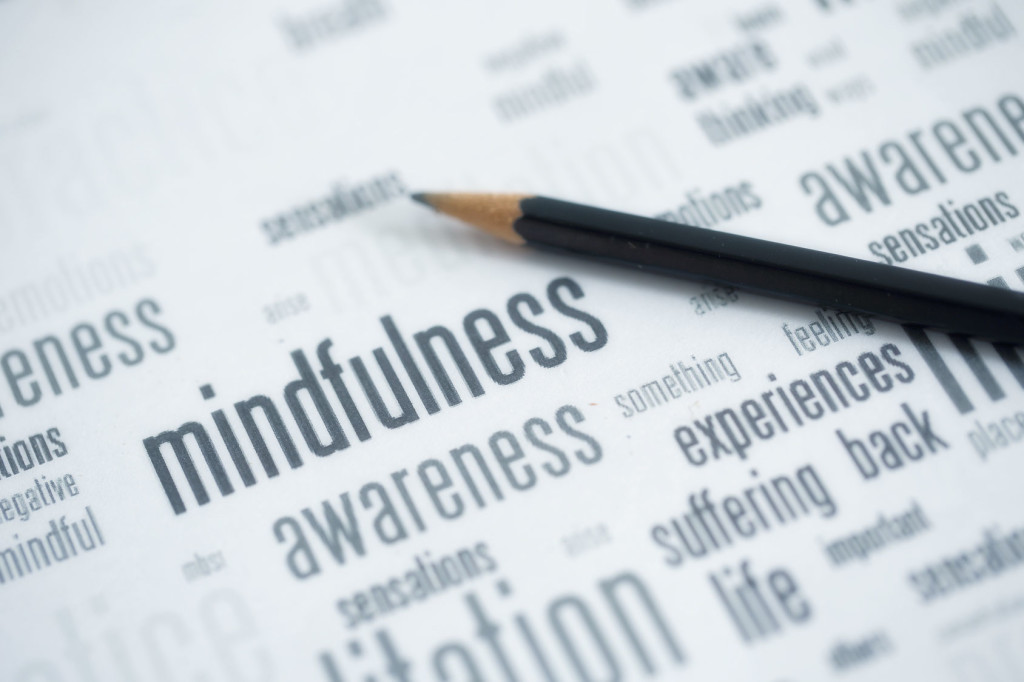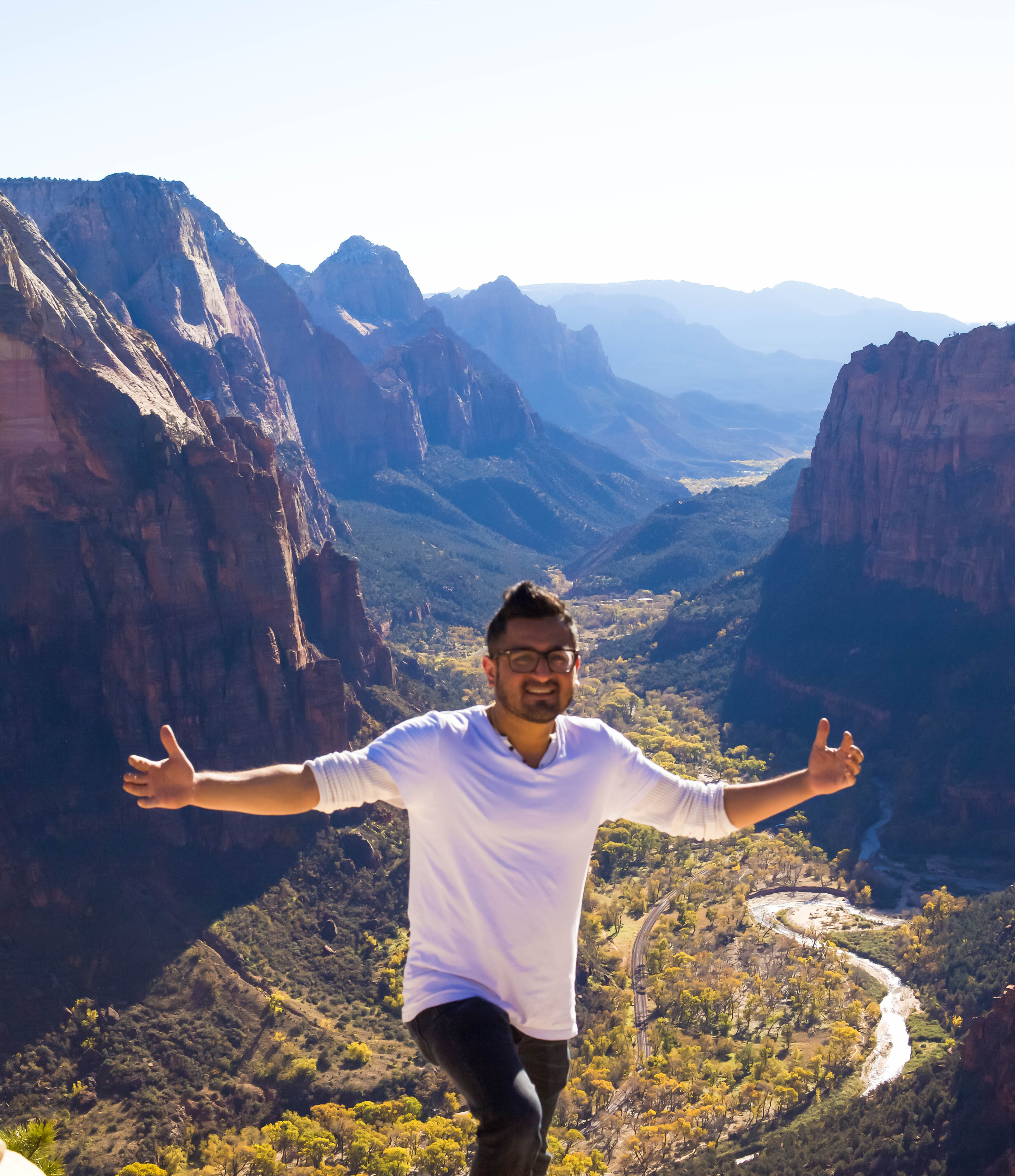How to Meditate: An Advanced Guide
If you’re serious about personal development (and of course you are; why else would you be here?), sooner or later you’ve got to get serious about meditation.
You can work hard to be physically fit and healthy, to reach your career and financial goals, and achieve all the trappings of worldly success – but if you don’t find peace within yourself, you’ll never be truly happy.
To the untrained mind, nothing is ever good enough. The ego will always demand more.
But through meditation, you realize that you are not your ego, your mind, or your personality. You are the limitless ocean of pure awareness behind it. This realization is the key to experiencing true joy and contentment, and reaching your highest potential in all areas of life.
I’d like to share with you some of the insights I’ve gained from years of practicing meditation. Whether you’re a newbie, or have been at it for some time, I’m sure these tips will help you to deepen your practice, and experience new levels of inner peace and freedom.
How To Meditate: The Basics
Before we get too deep, let’s go over the basics to make sure we’re all on the same page.
There are literally dozens, maybe hundreds, of different ways to meditate – from TM to tai chi. For the purposes of this article, we’ll be discussing silent, sitting meditation. If you’re new to the practice, here’s how to get started, in 5 easy steps.
1. Prepare Your Space
The first thing to do is select your spot. Find somewhere quiet and peaceful, where you won’t be disturbed. Maybe your bedroom, or study, where you can close the door and be left alone. With practice, it becomes easy to meditate anywhere. But in the beginning, quiet and solitude are very beneficial.
It’s best if your surroundings are neat and clean. A messy, cluttered space can make it harder to relax and focus. You might also find it helpful to set the mood by lighting a candle or stick of incense, or playing some soft, ambient music – whatever helps you “get in the zone.”
2. Set A Goal
Decide up front how long you are going to practice – and stick to it! No excuses. I recommend 20 – 40 minutes, depending on how comfortable you are in your practice.
Distractions will happen, and that’s okay. Do what you can to minimize them (turn off your phone, let your roommates/family know what you’re up to, etc). If you are interrupted, for whatever reason, just sit back down and finish your session.
The biggest hurdle, especially in the beginning, is your own mind, your restlessness. The ego can’t stand sitting quietly, doing nothing, and it will come up with an endless list of things you could be doing instead. Don’t give in. Set a timer, or a stopwatch, or an alarm on your phone, and don’t get up until the time is up.
3. Get Comfortable
Posture is important in meditation, for many reasons. It helps you breathe easier and deeper. It helps the flow and circulation of blood and energy. Perhaps most importantly, sitting properly will help to minimize aches, pains and discomfort.
There is no one right way to sit. You can sit on the floor, on a cushion or a bench. You can sit in a chair, or even stand up if that’s easier. The important thing is not to slouch, or lean against anything. You should be relaxed yet poised, loose yet balanced, comfortable but alert.
Pay attention to any pain or discomfort in your back or your legs, and make adjustments as necessary. It takes time, but eventually you will find the “sweet pot,” where your spine is erect, but not rigid; straight, but not stiff.
4. Follow the Breath
Bring your attention to your breathing. Focus on the sensations: the air flowing in and out of your mouth and nostrils; the rise and fall of your chest, your belly.
Don’t try to control your breathing. No need to deliberately breathe slow or deep (although this will often happen on it’s own, as you become aware of your breathing). Just pay attention, and feel the rhythm, the ebb and flow.
5. Just Relax
Become aware of any places in your body where there is tension or discomfort. We have a tendency to store stress in our bodies, usually the legs, shoulders, back, neck and face.
Each time you breathe out, imagine that tension flowing out of your body. With every breath, release and relax; until you feel entirely comfortable and at ease. This can take a few minutes, maybe longer. Generally, the more often you practice, the quicker and easier it will be to let go of stress and sink into a state of peace and relaxation.
The Inner Work
Okay, so you’re sitting still, with your spine straight, eyes closed, totally relaxed… Now what?
First of all, congratulations! Not many people even manage to get this far. Sitting still for any length of time is an accomplishment in and of itself. It requires real discipline and will power to overcome the restless mind, and just be still. Bravo.
Now the real work begins; the inner work of training the mind, and cultivating patience, inner peace, compassion and true happiness. Here are seven tips and methods you can use to take your practice to the next level:
1. Focus Your Attention
The first lesson, the first step in the journey, is developing concentration. Every kind of meditation and inner work takes a certain degree of mental discipline, focus, and control.
Focus your attention on one thing – usually a mantra, a candle flame, or your breath – and hold to it. When your mind wanders (and it will), simply notice what distracted you (an itch, a noise, a random thought) and then gently bring your awareness back to the object of focus.
In the beginning, this seems like an exercise in futility. Your attention strays every few seconds, and it feels hopeless, frustrating, not to mention boring. But keep at it, and you’ll see progress sooner than you think.
Your fickle mind becomes more steady. Thoughts and other distractions fade into the background, where they come and go without pulling you away. Your mantra (or your breath, or whatever you choose) becomes an island, a sanctuary, a calm refuge that you can retreat to at anytime.
2. Expand Your Awareness
Besides concentration, the other essential discipline is mindfulness.
In Buddhism, these two are sometimes referred to as “the two wings” of meditation – and like wings, they work together. Opposite, but complementary. Where concentration is narrow and focused, mindfulness is expansive. Where concentration is one-pointed, mindfulness is relaxed and open, taking in all things at once.
To practice, simply let your awareness expand and grow. From feeling the breath, let it spread throughout your body. Then to your other senses. And then to your mind, your thoughts and emotions. When a thought or sense object arises that pulls you in and absorbs your attention, just notice it and let it go. Return to free and open awareness.
Learn to observe the present moment, and all it contains, without grasping at any of it. And eventually, you’ll learn to rest in that state, calm and at peace, as thoughts and other phenomena rise and fall, come and go, ebb and flow…
3. Practice Non-Judgment
As thoughts, and memories, and feelings, etc. flow through your awareness, try not to judge them as good or bad, right or wrong.
Meditation is about cultivating pure awareness.
Simply observe the activity of the mind, without labeling it. Most importantly, don’t judge yourself based on what you think. You aren’t a good person for having “good thoughts,” or a bad person for having “bad thoughts.” You don’t get to choose or control what comes into your head.
You are not your mind.
Listen to your thoughts like you’d listen to the birds, or the sound of the wind, or the ticking of the clock. Watch your memories and fantasies unfold like you’d watch a group of kids playing in a field. It’s just mental words and movies. It doesn’t define you. It doesn’t mean anything.
4. Make Friends with the Mind
The goal of meditation is NOT to silence the mind. The mind is not an enemy to be overcome, but – with the right attitude and training – can be an ally, and a powerful tool.
Whether you are practicing concentration or mindfulness, the ceaseless stream of thought will distract you, hypnotize you, and capture your attention again and again. But if you watch closely, you will see many of the same thought patterns keep repeating, over and over.
Pay attention. These recurring thoughts (or memories, dreams, fantasies, etc) are here to teach you. They hold the keys to your mental prison – the deeply held beliefs, crippling fears, and subconscious programming that keeps you from realizing your infinite potential.
So don’t resist your thoughts, even the unpleasant ones. Don’t fight your mind… befriend it. Welcome each thought as it comes, and invite it to reveal whatever it has to teach you. Get to know your inner workings, why you do what you do, why you are the way you are.
Look within, into the deep, dark corners of your mind, and bring them into the light. Make the unconscious, conscious.
5. Let Go of Your Stories
Your fears, judgments, and limiting beliefs – all those recurring thought patterns you uncover during meditation – form your most basic concepts of “self” (who you think you are) and “other” (the rest of the world, the way it works, what it wants or expects from you). They literally shape your life, and how you behave and relate to others.
But they aren’t true.
They’re just stories. They seem true because you believe them. They color and distort your perception of reality, affecting how you see yourself, others, events… everything. If you really want to be free, to cast off your doubts and fears, to break through your barriers and limitations, you’ve got to stop believing in them.
Again, that doesn’t mean denying them, resisting them, or fighting to make them go away. When these old stories come to your attention, simply smile and silently say, “I don’t believe you. That isn’t true.”
Then let it go. (Repeat as often as necessary.)
6. Shift Your Identity
Most people go through life believing that they are their ego, their mind, their personality. They identify with the voice (or voices) in their head, that’s constantly talking, analyzing, judging, labeling, worrying, planning, remembering, on and on and on…
Meditation offers us a way to free ourselves from that great lie. We can learn to stop identifying with the scared little ego, and realize the empowering truth of who and what we really are.
And again, you don’t have to stop thinking, or silence the ego. All you have to do is make a tiny shift, from being the “thinker” of all those thoughts to simply being a spectator, an observer.
Don’t say to yourself, “I think” or “I’m thinking.” Thinking is happening, that’s all. You don’t have anything to do with it. Stop calling them “your thoughts.” They’re just thoughts.
When you realize this, you will feel a tremendous sense of freedom, like a huge weight has been lifted off your shoulders. You are not limited or defined by the thoughts and stories that are swimming around in your head. You are not your mind, or your ego.
You are the vast, pure ocean of awareness that witnesses the whole charade. You are free. You can do anything.
7. Surrender
The highest, most subtle and difficult meditative skill you can learn is the art of surrender.
Meditation is about letting go, and giving up; surrendering your fears, your beliefs, and ultimately surrendering your “self.” We have to give up what we think we know in order to realize the truth. We have surrender who we think we are, in order to realize all that we can be.
Every time you sit down to practice, surrender every idea you have about what meditation is, what you should do, how it should feel. Even the wisest teachings, the most brilliant advice and instruction must eventually be set aside – like a raft, after you’ve crossed the river.
When you sit down to meditate, give yourself to the silence, to the stillness, to the unique experience of this moment, with no expectations. Be open to whatever arises. Don’t measure your progress against anyone else’s.
Let your practice take you where it will.















Rhonda Van Wettering
Wow. Just wow. This has put new faith in me. Every morning before I get out of bed, I concentrate on my 3rd eye, I breathe deeply and I listen to the stillness around me. In those moments I instill my gratitude for life. But this article has given me deeper hope/faith in meditation. I am usually very uncomfortable sitting still. I will take all of your words of wisdom and I will meditate deeper. Thank you thank you thank you!
zenful
Rhonda, glad you found the post helpful.
Sitting still and having the willpower to get through those few minutes every morning/night is how you harness the powers of meditative practice. I would like to hear more about your journey. Please keep me posted 🙂
Trevor
Hi, I love this. I saw you liked my insta photos so I went to check out your page. When I read this article I instantly wanted to share with my audience. Can I use the photo and link this article in the description?
Awesome work
zenful
Trevor, glad you liked it. Definitely feel free to share and I look forward to hearing much more from you on here!
zenful
Sure thing! Thanks for the support 🙂
Rekha
Thanks for a fruitful journey!..Still in gratitude and silence!
zenful
Rekha, gald to help. Looking forward to hearing more from you!
Joanne
Nice.
zenful
🙂